Custom Wood Flooring Solutions for Your Property
Installing new wood or hardwood flooring can significantly enhance the appearance and value of a space. The process involves selecting the appropriate type of wood, preparing the subfloor, and carefully laying the planks to ensure durability and aesthetic appeal. Proper installation requires attention to detail and expertise to prevent issues such as warping or uneven surfaces. Different installation methods, including nail-down, glue-down, and floating floors, are chosen based on the specific project requirements. Skilled installers ensure that each plank is securely placed, creating a seamless and long-lasting floor. Whether upgrading a single room or renovating an entire home, professional installation provides a polished finish and reliable performance. The right installation approach can also accommodate various subfloor conditions and design preferences, making it a versatile choice for any interior space.
Includes the installation of traditional solid hardwood planks, offering durability and timeless style for residential and commercial spaces.
Features layered construction for enhanced stability, suitable for areas with fluctuating moisture levels.
Pre-sanded and finished at the factory, these floors allow for quicker installation and minimal onsite finishing.

Showcases a newly installed hardwood floor enhancing the aesthetic appeal of a living space.
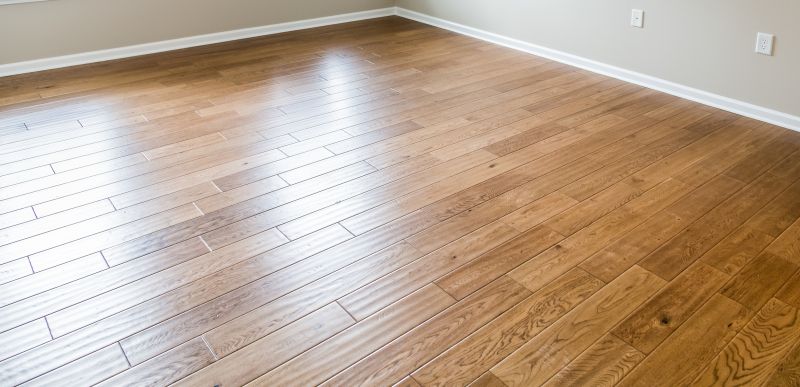
Features a smooth, polished wood surface providing comfort and style in a bedroom setting.
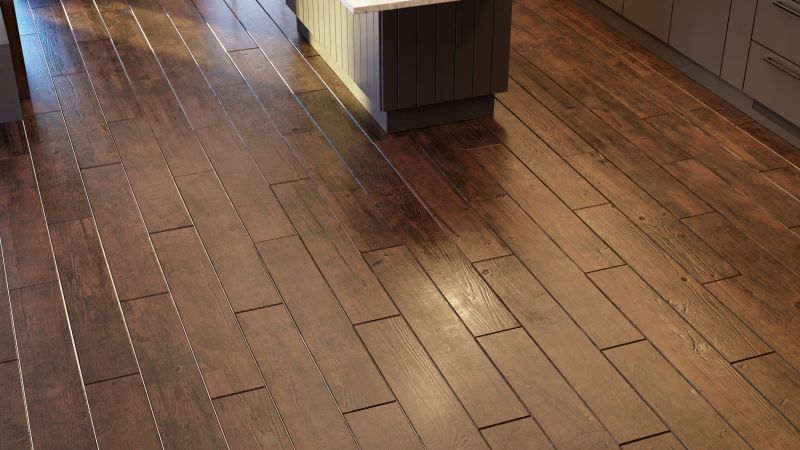
Displays durable wood flooring suitable for high-traffic kitchen areas.
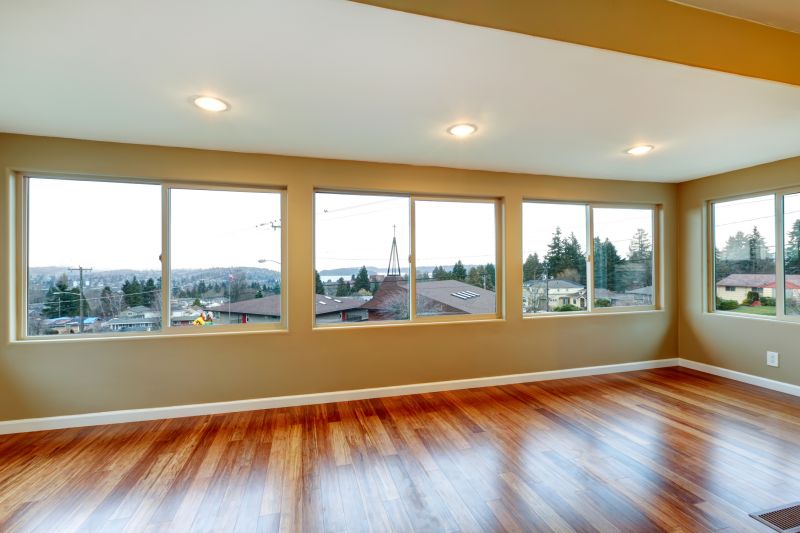
Highlights a professional and warm environment created with new wood flooring.
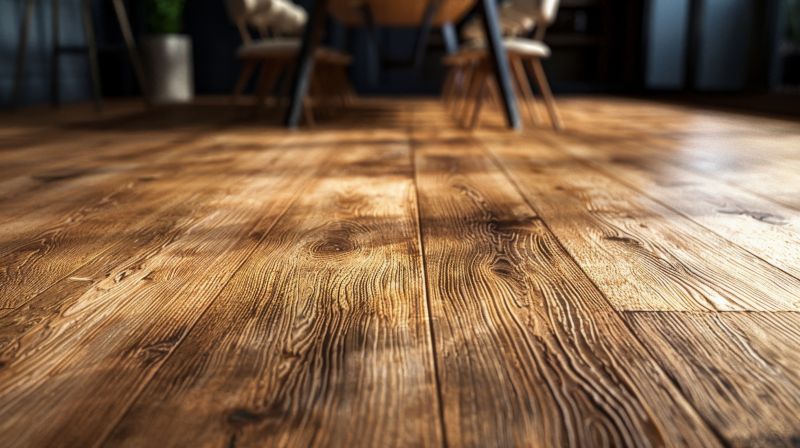
Depicts a clean, elegant wood floor complementing dining furniture.
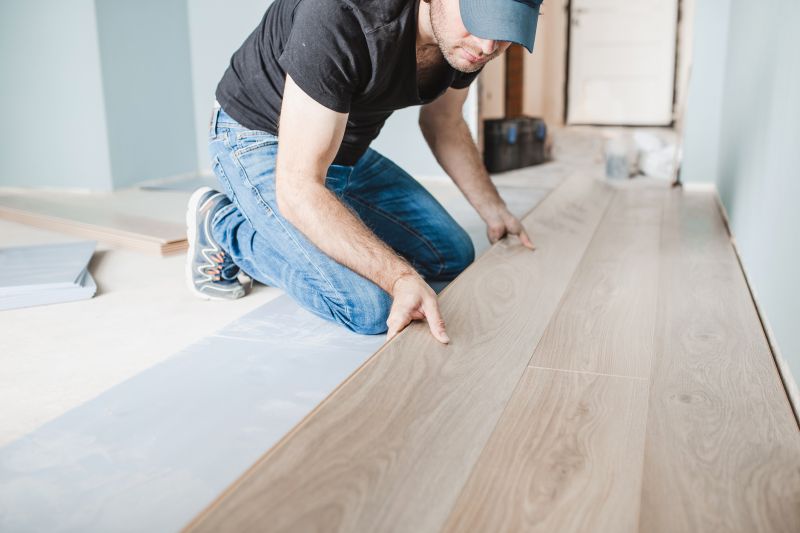
Illustrates a seamless transition between rooms with durable hardwood flooring.
| Type of Wood Floor | Description |
|---|---|
| Solid Hardwood | Made from a single piece of wood, offering classic beauty and longevity. |
| Engineered Hardwood | Constructed with multiple layers for increased stability, suitable for various subfloors. |
| Laminate Wood | A cost-effective alternative that mimics real wood with a photographic layer and protective top coat. |
| Bamboo Flooring | A sustainable option made from bamboo grass, known for its strength and unique appearance. |
| Reclaimed Wood | Utilizes salvaged wood pieces, providing a rustic and eco-friendly aesthetic. |
| Parquet Flooring | Features intricate geometric patterns, adding decorative appeal to interiors. |

Displays a spacious living area with polished hardwood flooring.

Features a warm, inviting bedroom with newly installed wood flooring.

Highlights the detailed finish and durability of the wood in a kitchen setting.

Shows a professional workspace with sleek wood flooring.
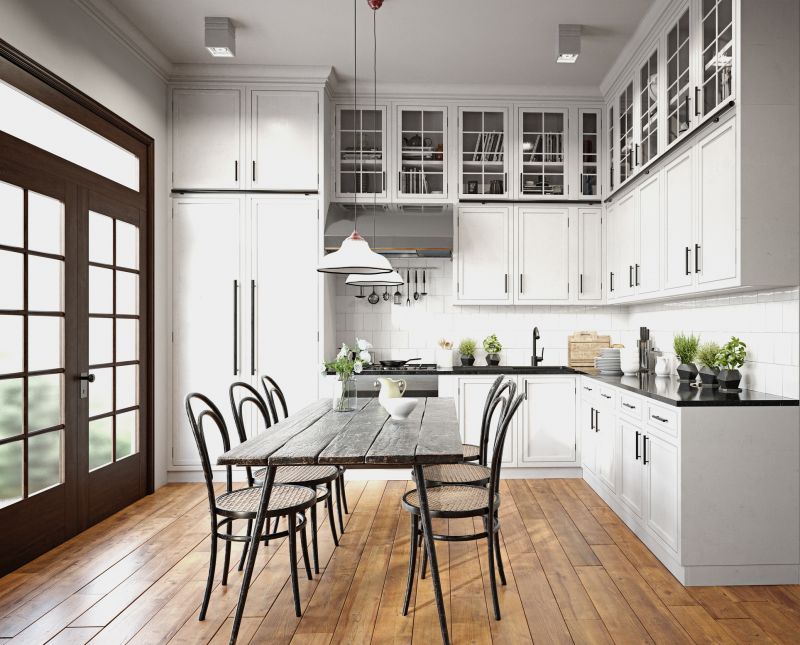
Depicts an elegant dining space with seamless wood flooring.
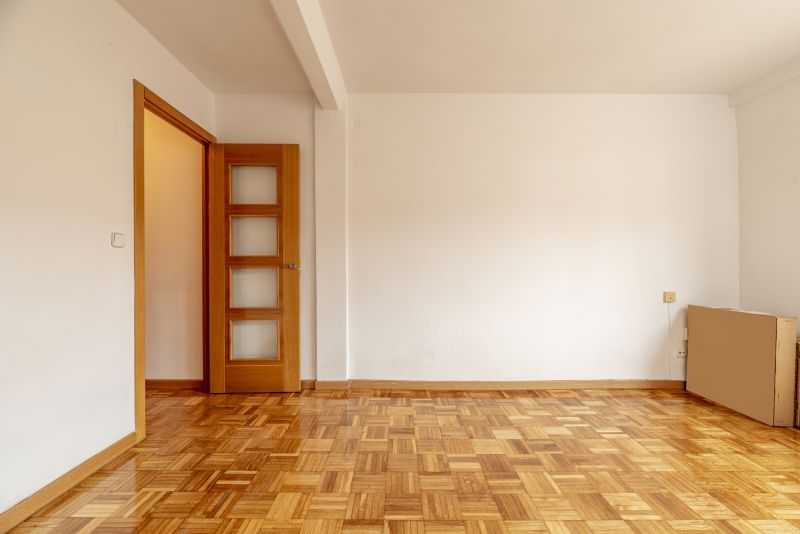
Illustrates a smooth transition between rooms with durable flooring.
A wood flooring installer plays a crucial role in ensuring that each plank is correctly placed, aligned, and secured for a flawless finish. They assess subfloor conditions, prepare the surface, and select appropriate installation methods based on the specific project. Attention to detail during the installation process helps prevent issues such as gaps, uneven surfaces, or future damage. Experienced installers also manage acclimation of wood to the environment, which minimizes expansion or contraction after installation. Their expertise ensures that the flooring maintains its appearance and functionality over time. Proper installation not only enhances the aesthetic appeal but also extends the lifespan of the wood flooring, making it a worthwhile investment for property owners.



